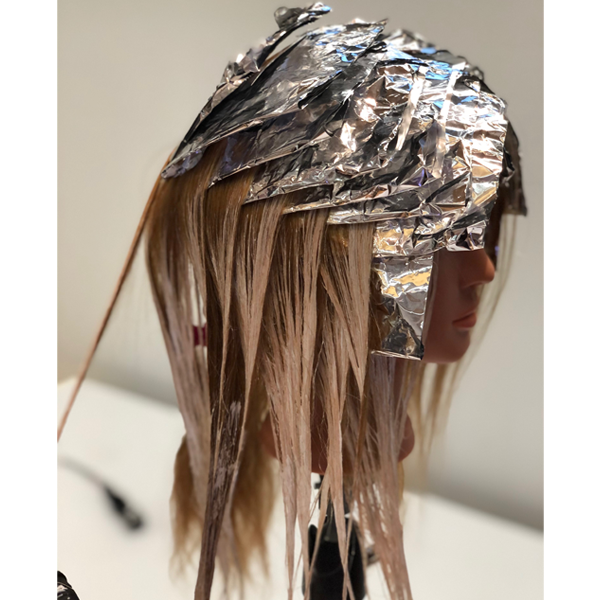10 Of The Best Foiling Tricks We Shared In 2019
The Top 10 Foiling Tips & Tricks We Shared In 2019 From subtle sun-kissed strands to bold balayage blends, every year a slew of clients ask to go blonder in some way. That’s why we’re not surprised that foilayage and other foil techniques had a major moment in 2019. So if one of your goals for 2020 is to become a pro at working with foils, we got you. Keep reading because we’re sharing how to prevent lines of demarcation, how to foil the hairline for face-framing brightness, where to place foils for maximum coverage and SO much...





 or
or






